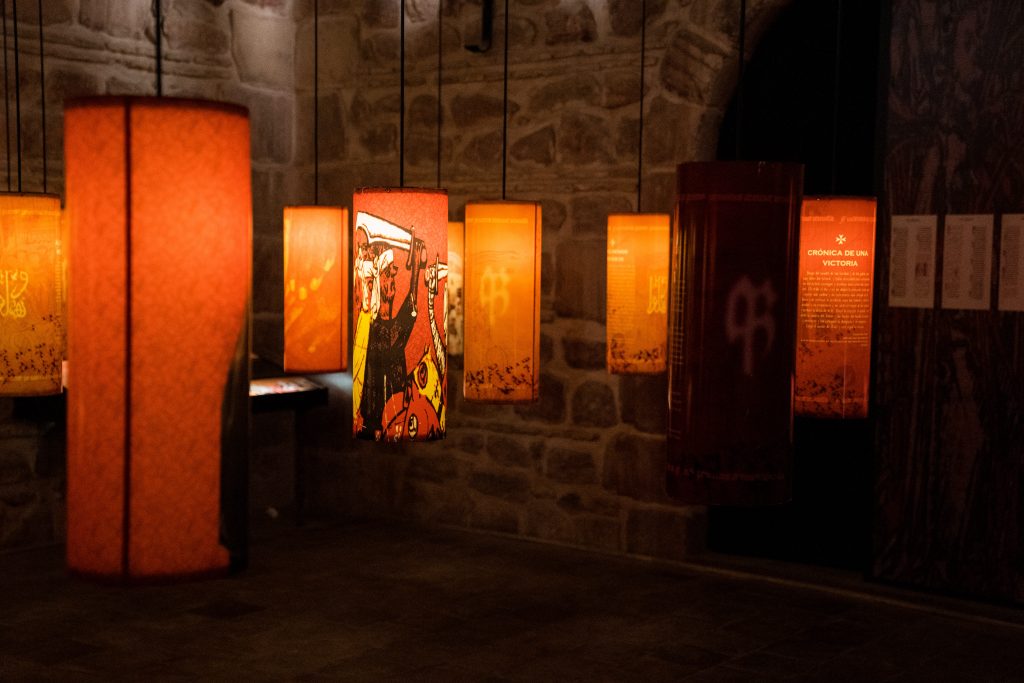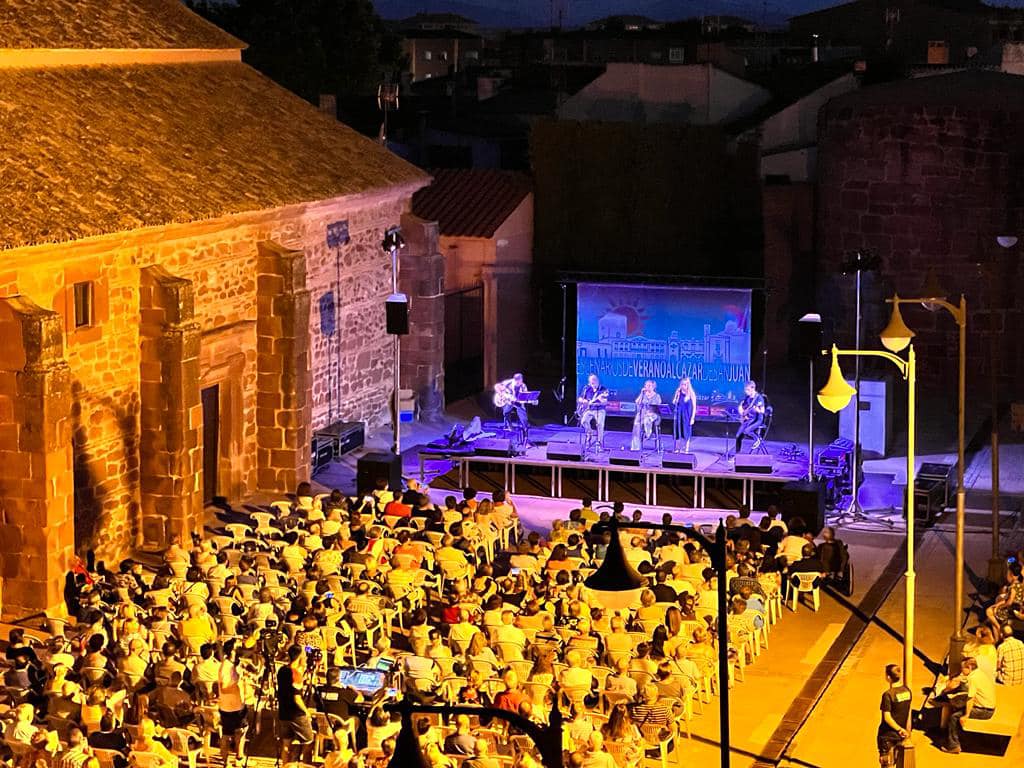What to see:
– Station
– Squares and streets: Calle Emilio Castelar, Plaza del Altozano, Plaza de Santa Quiteria, Plaza de la Trinidad.
– Facades
– Plaza: City Hall, passage and market.
– Sculptures and street lamps
APPROXIMATE DURATION: 3 hours
DIFFICULTY: LOW
ACCESS: ON FOOT
For our walk we will be helped by the narrative plaques that at the same time that indicate the name of the streets and squares, tell us about the history of the place, its neighbors and the origin of its toponymy.
The starting point is the Railway Station. It is not possible to explain the history of Alcázar de San Juan without mentioning the Railroad and its connection with the city. In the mid-nineteenth century in Spain began the installation of the railroad and since then Alcazar, as an important railway junction, has always been strongly linked to this means of transport that has contributed so much benefit to the progress and development of the city. The most representative element of this symbiosis is its Railway Station (Avd. Álvarez Guerra s/n).
Next to the station, the Railway Museum of Alcázar de San Juan, founded in 1985 and where we can see, in its outdoor exhibition, locomotives, trailers and wagons from the s. XIX; and in its rooms: ticket machines, tickets, locomotive parts, locomotive manufacturing plates, telephones, switchboards, caps, interlocking frames, station and locomotive lamps, HO scale model, MZA lounge car tableware and a great variety of photos and transport titles.
The arrival of the railroad meant a revitalization of the urbanism of Alcázar de San Juan that we can observe in its streets, squares and in the so called Modernist Facades. [enlace pdf] that dot the urban fabric and that were nothing more than the assimilation by the architects of the decorative and ornamental forms of this movement and that we can see in the streets and squares Emilio Castelar, Plaza de Santa Quiteria, Altozano, or Avenida de Cervera.
We will reach the Town Hall Square through Emilio Castelar Street, commercial core of the town and on our way we will find some unique elements of the urban landscape as the Chapel of Cristo de Villajos, the Plaza de Barcelona which takes its name from the street lamp replica of Canaletas, a gift from that city to Alcazar de San Juan; or the numerous sculptures that dot the streets: In tribute to the switchman at the railroad station, bust to Emilio Castelar in the street that bears his name and in the town hall square to Don Quixote and Sancho Panza, the Sun and the Stars, and the Sculpture tribute to Angel Lizcano Monedero.
Already in the square, on our left, the building known as El Pasaje. Building located in the place where the so-called “Posada de la Cayetana” used to be, it was built in the first third of the 20th century like most of the modernist buildings in this area, with an eminently commercial character.
To our right the municipal market and, imposing presiding over the whole square, the Town Hall. It was built in 1903 as a casino or recreational society and since 1944 it has occupied the town hall. The main facade is reminiscent of Italian Renaissance palaces: pilasters, capitals, mullions and pediments, decorative richness that extends into the interior where the grand staircase is preserved imperial style with two arms decorated, like its halls, with moldings, plasterwork, balustrades and marble.
Taking as a point of reference the Town Hall Square, in the vicinity of this population center should not miss some of the most beautiful squares and corners as the Plaza de Santa Quiteria with the great Renaissance church of the same name flanked by some of those houses with unique facades as the Espaderos (left), the house of La Tercia and the Colegio Sagrada Familia (both on the right). From this place, following Trinitarios Street, we reach the Plaza de la Trinidad where we will be greeted by the monumental baroque façade.
If we walk from the City Hall towards the church of San Francisco, we must keep our eyes up to contemplate along the way some stately coats of arms that decorate the facades of San Francisco and Canalejas streets that will accompany us until we reach the popularly known as Plaza del Altozano, for having traditionally been a place of higher orography to the rest of the city, presided over by the sculpture dedicated to the Immaculate Conception.
In the most traditional and oldest neighborhood of the city, Santa Maria, there are many streets and squares that we can not miss, the Callejón del Toro, Salitre street, Plaza de Santa Maria, Plaza de Palacio, or Plaza Cervantes. The latter takes its name from its illustrious neighbor whose house is highlighted by a commemorative plaque.
Many other beautiful and picturesque squares can be discovered in this neighborhood, such as those of La Bolsa, Justa, del Ángel, Almireces or Los Almendros, which have been formed by the winding and labyrinthine layout of the streets.
Recommendations:
To learn more about Cervantes’ connection with Alcázar de San Juan, we recommend you to follow the “In the Footsteps of Cervantes in Alcázar de San Juan” route. If you want to complete your walk with the green areas of Alcazar de San Juan, we recommend the Route through the Parks and Gardens.





